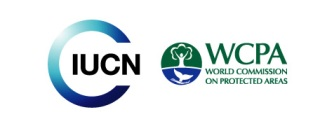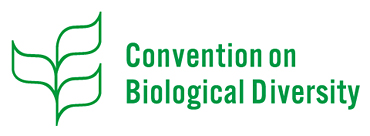PDF: Wilderness Holdings Integrated Annual Report 2013
Citation
Wilderness Holdings. (2013). Wilderness Integrated Annual Report 2013.
Download PDF
Summary
This report covers our financial year from 1 March 2012 to 28 February
2013. The financial results reported are those of the Wilderness
Holdings Limited Group. A full list of the companies making up this
Group is presented in the Appendices.
The financial scope and boundaries of this document have been set
in accordance with International Financial Reporting Standards. Full
details of the accounting policies adopted are given in the Annual
Financial Statements. In terms of the sustainability aspects reported
in this document, we have adopted the following approach to setting
the scope and boundaries:
- • We report the results associated with operations falling directly under our control. This means that camps which we market but do not manage have been excluded from the boundaries, whereas those camps that we manage but do not own have been included. In addition, we have included sustainability data for Central African Wilderness Safaris Limited. The latter company is treated as an associate in the financial statements;
- • We have not covered impacts arising in our supply chain, except for a small case study on our Namibian operation. We do, however, intend to extend our boundaries to include our supply chain in future.
A full list of the reporting units falling within the scope of this report is given in the Appendices. To summarise, the report covers:
- • Nine offices. The Gaborone office has not been covered: this housed just one permanent member of staff at the year end. As such, it is not material;
- • Flying operations in five countries; and
- • 58 camps in eight countries.
This scope has been changed somewhat from the previous year’s Integrated Report. The following changes have been made:
- • The list of camps covered has been reduced to 58, in eight countries (seven in 2012), with the following changes:
- – Addition of: Ngaga and Lango camps in the Republic of Congo;
- – Closure of: Palmwag, Skeleton Coast and Kulala Wilderness Camp in Namibia; Lufupa Bush Camp, Kalamu Star Beds, Kapinga, Chinengwe Riverbed and Kalamu Lagoon Camp in Zambia.
Where possible and meaningful, we have shown the effects of the changes in scope and illustrated trends in performance.
The scope of this report covers the items that we believe to be
material in the context of the Group. We have used the GRI indicators
as a starting point in the assessment process aiming at Application
Level B. However, the GRI indicators are biased towards manufacturing
and extractive industries and contain many matters that are not
relevant to our operation. These have been excluded and a note to
that effect has been made in the GRI checklist. At the same time, the
remaining GRI indicators do not cover other matters which are relevant
to us. In order to capture these missing items, we have reviewed a
number of sustainable tourism initiatives to identify other possible
issues and included these in our assessment framework. The resulting
framework is therefore an amalgam of the GRI indicators which are
relevant to our business, plus additional indicators from other sources.
Comments about this report and sustainability initiatives detailed
herein can be directed to sustainability@wilderness-safaris.com.
Original Document Source




